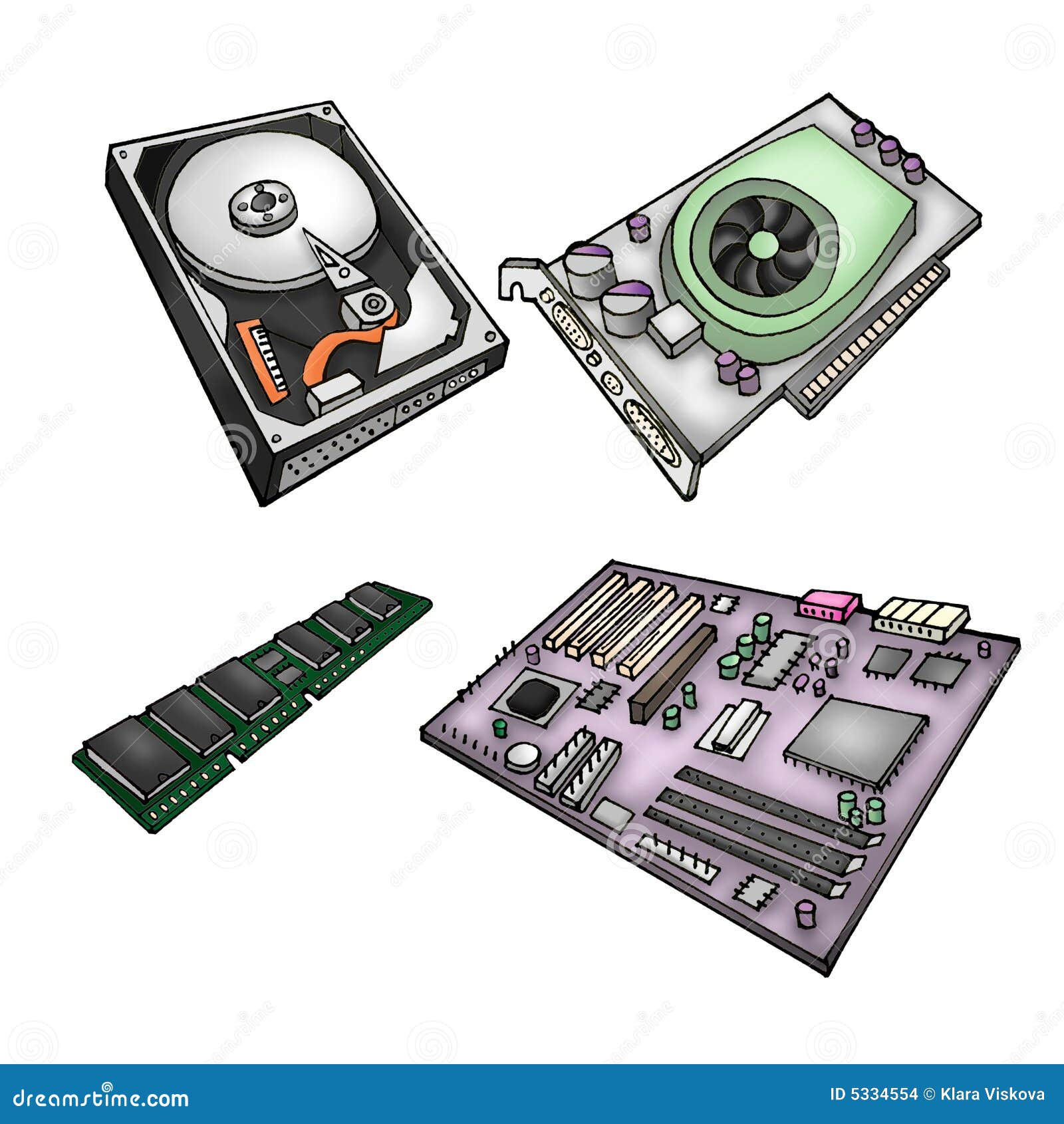In the current fast-paced tech world, the allure of surplus computer parts is undeniable. If you're a seasoned builder or new to the scene, understanding how to navigate the excess market can result in substantial savings and noteworthy builds. With a wide array of components available, from circuit boards to graphics cards, it is important to know what to look for to ensure you're making smart purchases that suit your needs and budget.
This guide aims to prepare you with the insight necessary to make informed purchases for surplus computer parts. You will learn about high-quality components, how to spot deals that are unbelievably good, and what features to evaluate for different types of hardware. Whether you're building a affordable gaming rig or upgrading your workstation, understanding the key factors to consider will improve your buying experience and help you prevent common pitfalls. Let's explore the world of surplus computer parts and discover how to get the best from your purchases. ### Top Considerations When Buying Surplus Computer Parts
When venturing into the world of surplus computer parts, the primary factor to consider is the origin of the parts. Reliable suppliers or reputable online platforms significantly reduce the risk of purchasing defective or counterfeit items. Seek out sellers with good feedback and clear return policies, as they can provide added security in the buying process. Ensuring you buy from trustworthy sources helps instill confidence in the quality of the products you acquire.
Moving on, evaluating how well surplus parts work with your current system is essential. Before making any purchase, verify specifications such as socket types, memory formats, and power requirements. Using incorrect parts can result in lost money and headaches during setup. Utilizing online tools and resources can help ensure that the components you select will work seamlessly with your hardware.
Finally, consider the condition and history of the surplus items. Items labeled as refurbished may have undergone rigorous testing and repairs, which can enhance their reliability. On the other hand, used parts may show signs of wear and tear but can still perform adequately. While assessing computer equipment , check for visual indicators, inquire about previous use, and, if feasible, test their performance before concluding your acquisition. Grasping the condition will aid you in making smart choices regarding surplus computer components.

Methods to Guarantee Standards in Surplus Items
When shopping for surplus computer components, the first action to securing quality is to conduct comprehensive research on the product and seller. Look for reputable sources that deal in surplus components and have favorable reviews. A long-standing seller often provides a warranty for their products, which can greatly enhance your confidence in your buy. Additionally, familiarize yourself with the details and common issues associated with certain components to more effectively judge their state prior to buying.
A further essential factor is to closely inspect the tangible condition of the components. Check for apparent signs of wear, such as fractures, rust, or scorched marks, which can indicate previous failures or misuse. Ensure that connectors, leads, and other essential areas are whole and not bent or broken. If feasible, request detailed images that present detailed views of the products, including any identifiers or item identifiers, to help confirm authenticity and standards.
Ultimately, testing is crucial when feasible. For blog link like GPUs and HDDs, use testing tools to check operational status and performance metrics. For CPUs and mainboards, ensure they have been tested in a operational environment. Additionally, keep in mind that some sellers may provide testing results or certificates of authenticity which can serve as a dependable indicator of quality. By adhering to these steps, you can greatly reduce the chances of buying sub-par surplus computer parts.
Tips for Finding the Best Deals on Surplus Equipment
When searching for surplus tech components, timing is essential. Monitor seasonal discounts, liquidation sales, and internet auction platforms where surplus items are often sold at reduced prices. Numerous companies liquidate inventory as new models arrive, making it an opportune time to acquire top-notch components at lower prices. Additionally, subscribing to newsletters from surplus retailers can provide notifications on future discounts.
Building relationships with nearby computer repair shops and IT networks can lead to helpful tips and referrals to surplus equipment. These connections may offer tips on where to find trustworthy surplus suppliers, and some shops might potentially offer their inventory directly. Becoming involved in forums and online communities focused on computer parts can help you gain a wealth of shared experiences and recommendations.
In conclusion, comparison shopping is essential to ensuring you get the optimal offer on surplus parts. Use comparison shopping sites to evaluate different vendors and ensure you are paying a reasonable amount. Don’t overlook the value of warranty and return policies, as these can provide an additional peace of mind when buying surplus equipment. Being perseverant and thorough in your search will ultimately lead you to the top surplus bargains on the market.
